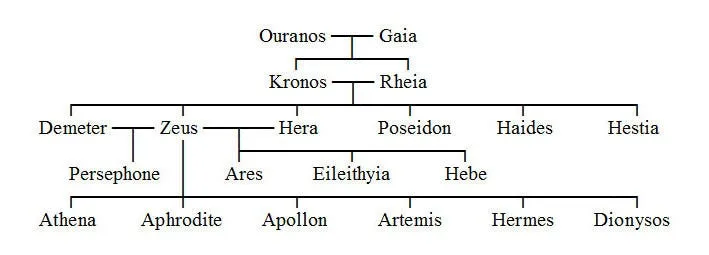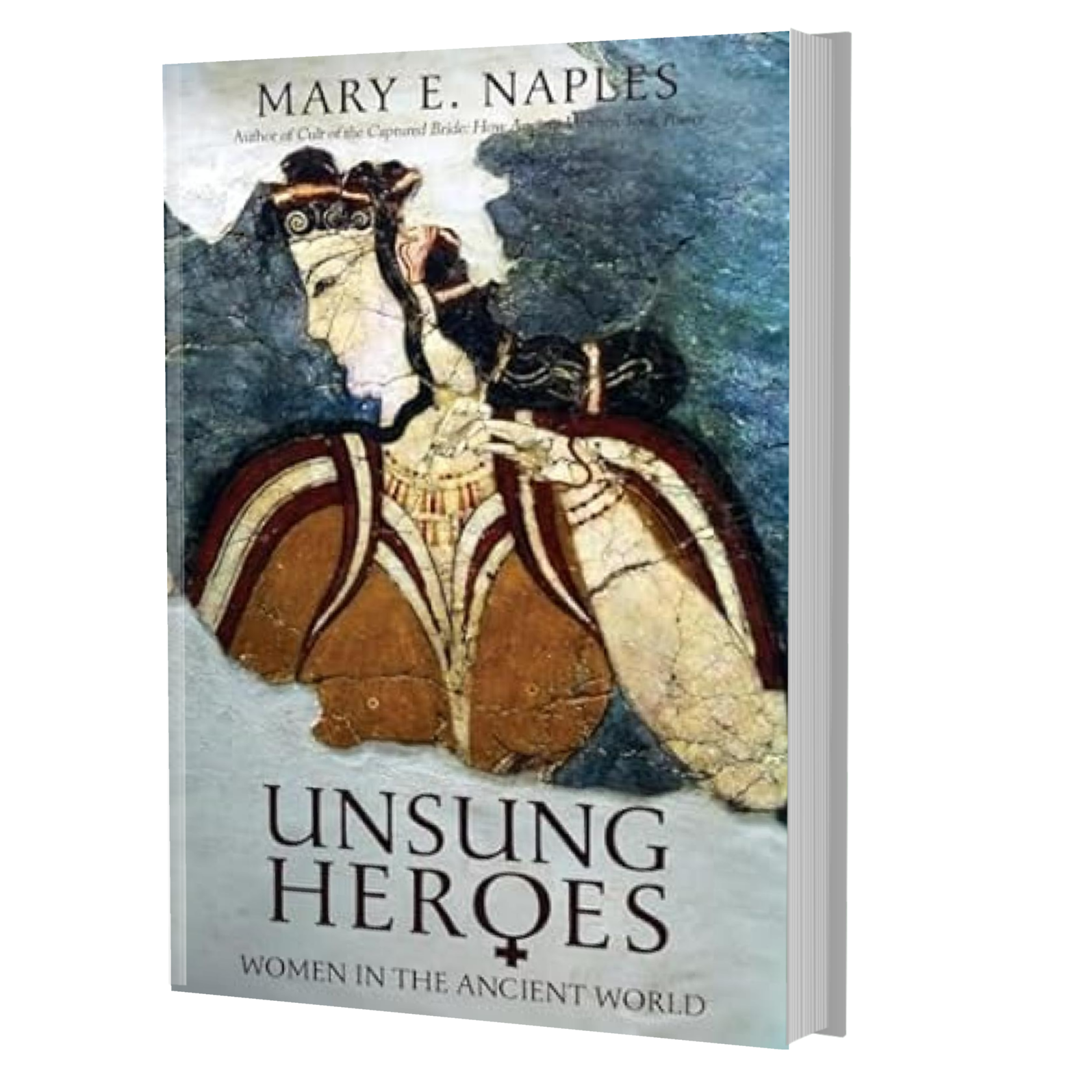Of all the unhappy couples in Greek literature perhaps the unhappiest is that of the Olympian first couple themselves. As the goddess of marriage, a neglected Hera plays the quintessential role of the jealous wife for the ever-unfaithful Zeus—the lord of the gods at Mount Olympus. Often working on the sidelines against her husband’s interests, Hera displays a proclivity for instigating strife and mayhem—- particularly against Zeus’s vast collection of paramours and their offspring. Never mind that his paramours more closely resemble victims than lovers—-by no means does she let this stand in the way of divine retribution.
Hera’s facetious depiction in Greek literature as a jealous and vengeful wife is in marked contrast to the piety that her cult engendered. Throughout the Greek world, Hera was bestowed the greatest accolades of all the goddesses in the Greek pantheon; she is regarded as the patron goddess of marriage and the goddess of women and childbirth too. As the only wedded of the original Olympian goddesses, her presence loomed large at weddings where she presided over lawful unions and helped protect women from harm during childbirth. Moreover, Hera holds an exalted place in the Olympian pantheon; not only is she the wife of Zeus but she is also his sister. In Hesiodic genealogy, Hera was the eldest daughter of the king and queen of the Titans: Kronos and Rhea.

In consideration of the multiple honors bestowed on her—-oftentimes to the exclusion of more benevolent deities—- it is difficult to reconcile the vicious Hera as she is portrayed in Greek literature to the benevolent Hera who is worthy of celebration. So why was Greek literature unkind to Hera? Could the stormy relationship between Zeus and Hera be reflective of a culture clash? What can we learn from her earliest temples and how can we ascertain the historical origins — the pre-Greek roots— of Hera and her cult?
……………………………

Curious to learn about Hera’s pre-Greek roots and her ties to the temples? Read more in my book Unsung Heroes on Amazon.
